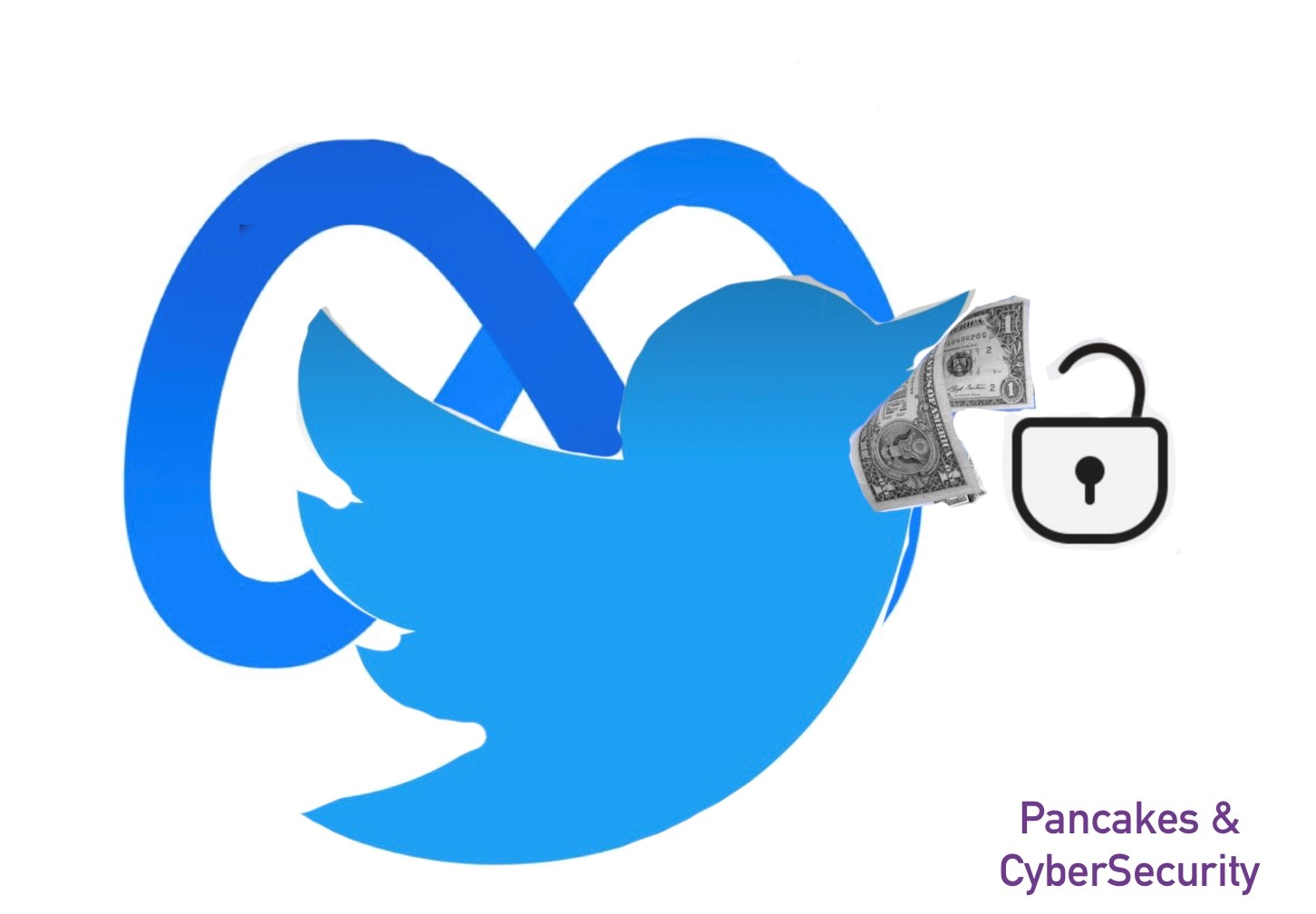The High Cost of Staying Safe Online: How Security Became a Privilege

“If you’re not paying for the product, you are the product” (The Social Dilemma, 2020).
As the saying goes, users of apps like Instagram and Twitter are not paying for their services with money, but rather with their personal data, which is then sold to advertisers.
However, the free model of social media that relies on advertising is now facing challenges. Due to a weaker advertising market, privacy restrictions introduced by Apple that make it harder to track user data and preferences, and the constant threat of regulatory intervention, social media companies are finding it increasingly difficult to generate the same level of revenue from their free users as they previously did.
The financial challenges resulting from these factors have had a significant impact on social media companies. For instance, Meta announced in November that it would lay off 11,000 employees, accounting for 13% of its workforce – the largest reduction in the company’s history. Moreover, the company’s share price plummeted by two-thirds over the course of the previous year. Under these circumstances, social media companies had to explore ways to improve their profitability, which led to the introduction of new subscription models.
Meta has become the latest and largest social media company to introduce a paid version of its services through its “Meta Verified” program. Users of Facebook and Instagram can pay $12 per month to receive benefits such as a blue verification badge, greater protection against account impersonation, access to dedicated customer support to assist with common account problems, and, notably, increased reach and visibility. The feature is currently being tested in Australia and New Zealand, and will soon be available in the United States and other countries.
Meta’s announcement comes just a few months after Twitter launched a $8-per-month paid verification program “Twitter Blue“. It is a subscription-based service that offers subscribers exclusive features. These include the ability to undo a tweet, the ability to create bookmark folders to organize saved tweets, and access to a dedicated customer support team. Twitter Blue subscribers can also enjoy an ad-free experience and customize their app icons.
Twitter Blue program is distinct from Meta Verified, even though both raise similar concerns (see table below). It only allows paying Twitter Blue subscribers to use a text message to confirm their identity when logging into the site. As a result, it disables multi factor authentication (MFA) for users who do not pay for the program.
For more background on MFA you can read my article here but basically, MFA adds an extra layer of security to user accounts. It entails requiring users to provide more than one form of authentication, such as a password and a fingerprint scan or a security token, in order to access their accounts. MFA is crucial because it increases user account security by making it more difficult for hackers to gain unauthorized access. For example, Google reported that the use of MFA prevented 100% of automated bot attacks and 96% of bulk phishing attacks targeting their employees in 2019. So yes, pretty important feature…
| Twitter Blue | Meta Verified | |
| Price | $8 per month / $11 in app | $11.99 per month / $14.99 in app |
| ID verification | No | Yes |
| Reach benefit | Priority listing | Increased visibility and reach |
| Extras | Tweet editing, NFT profile pictures, custom navigation, SMS 2FA, longer tweets… | Dedicated account support, proactive monitoring for impersonation… |
So what we are witnessing with these two example is that Meta and Twitter are now following the trend of establishing a two-tiered user system in social media. As a result, only those who pay will receive services that are typically offered for free, including proactive protection against fraudulent account impersonation and direct access to customer support for issues. So we are basically observing the formation of a New Digital Divide, with online security becoming a luxury good.
Every day, we are reminded of the importance of improving our online security, especially in light of frequent news stories about hacking, impersonation, and identity theft. However, social media companies have opted to charge users for security services that should be freely available. This will lead to a situation where users who can afford to pay for such services will enjoy better online protection than those who can’t and are forced to use the free versions. This raises a critical concern: security should be a right, not a privilege.
This story brings to mind the release of seat belt implementation, which was made available free of charge because human life was deemed more valuable than profit. In the same vein, security should take precedence over monetary gain.
Also, you can find ways to keep your account secure without paying here.
